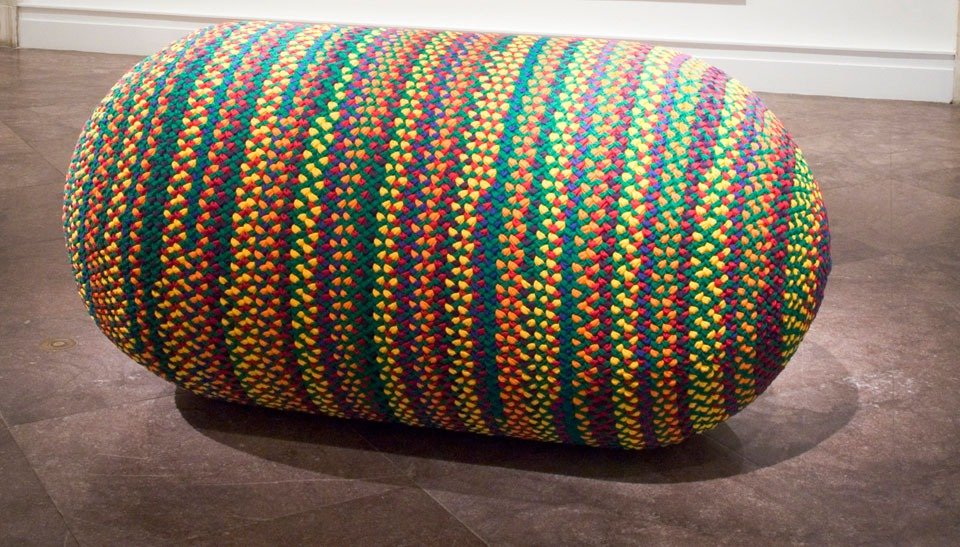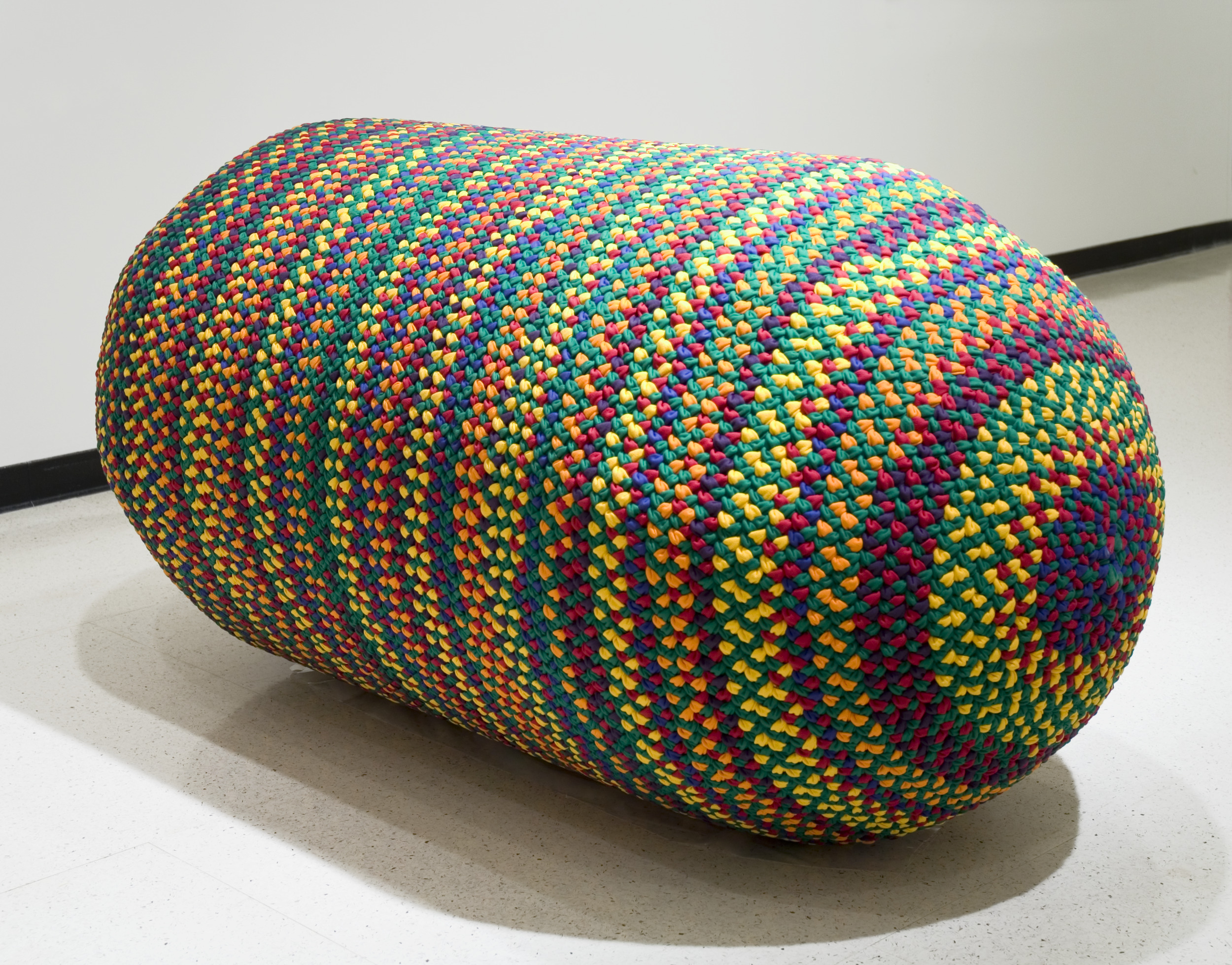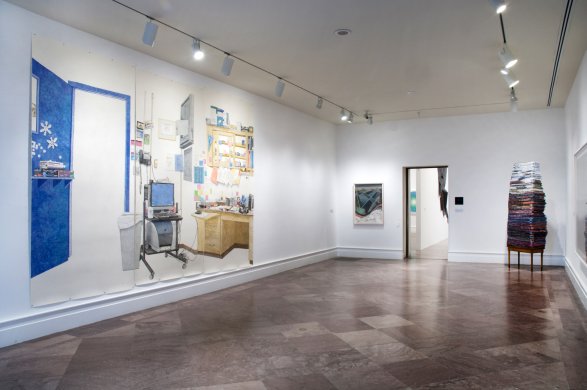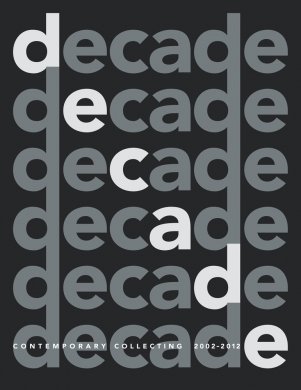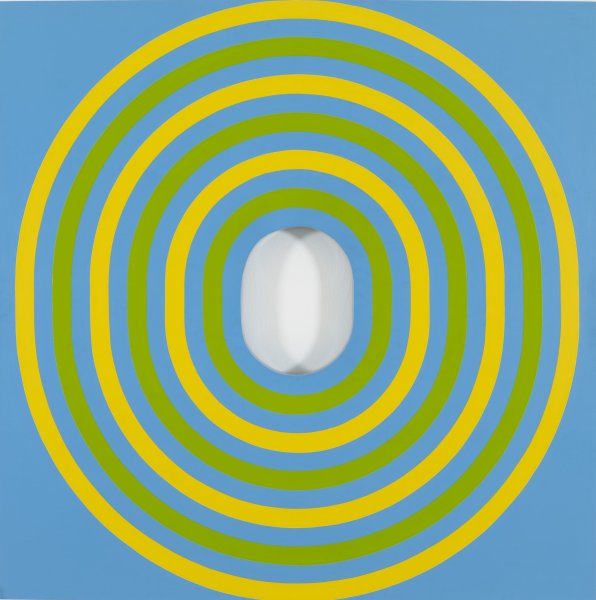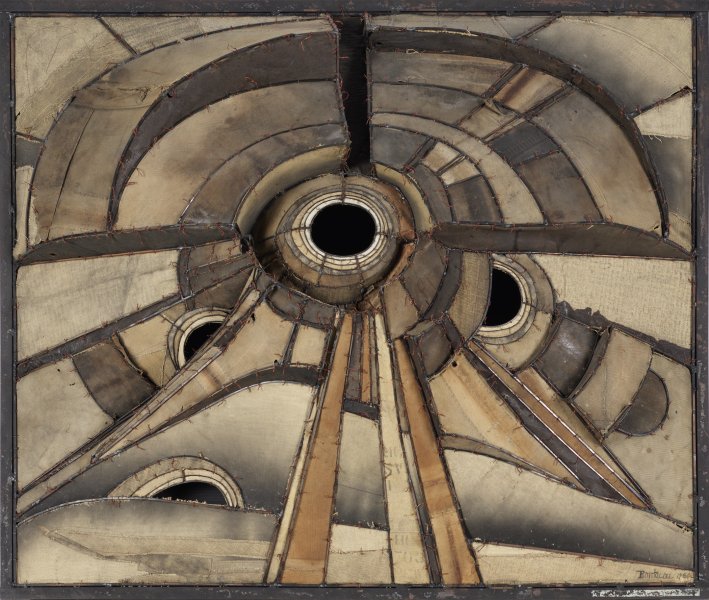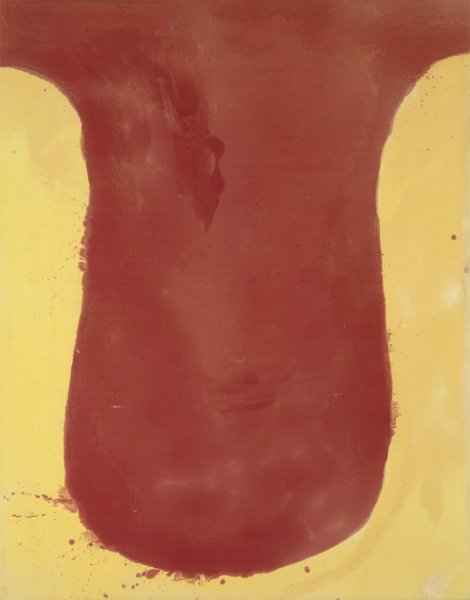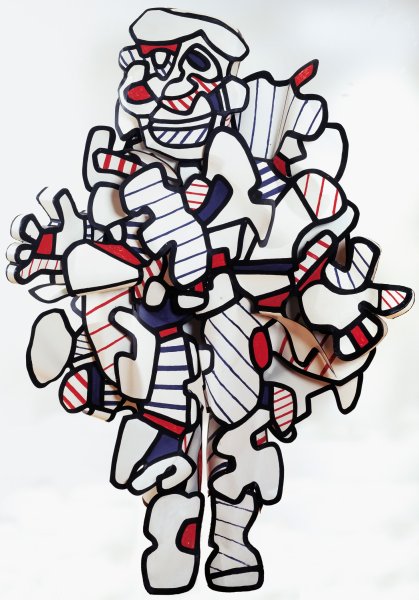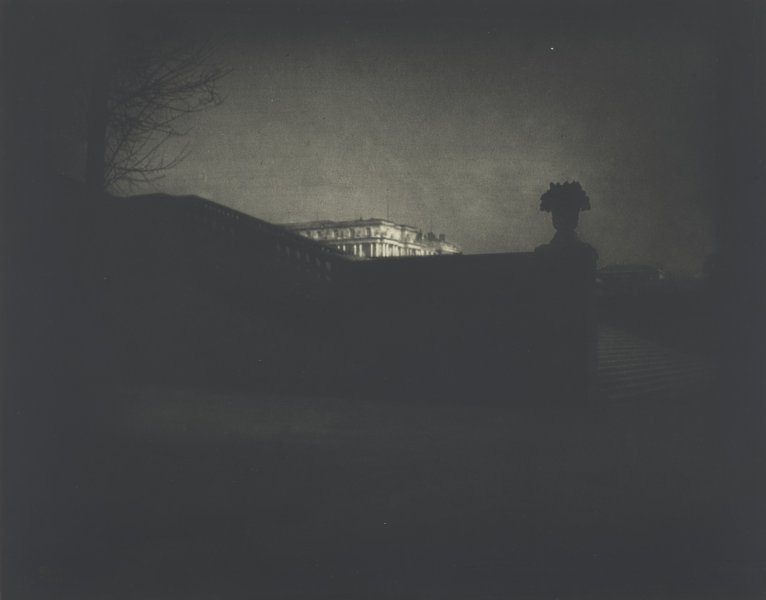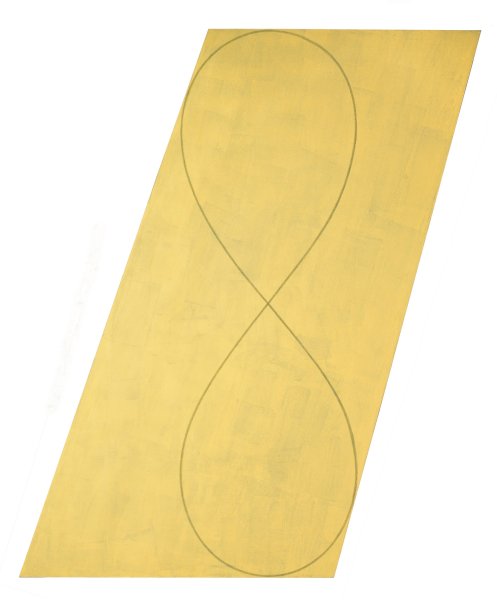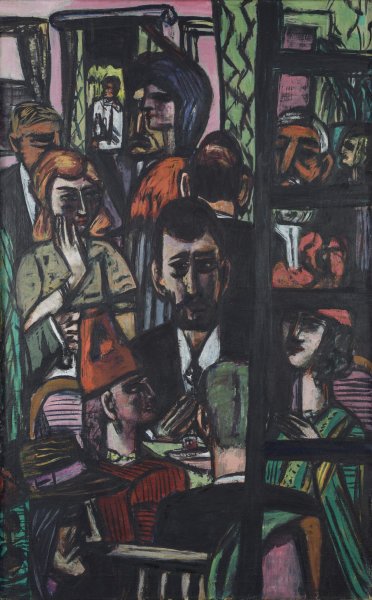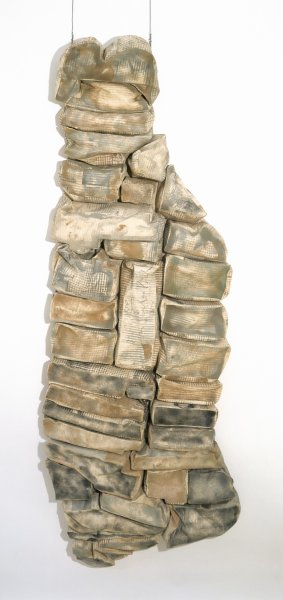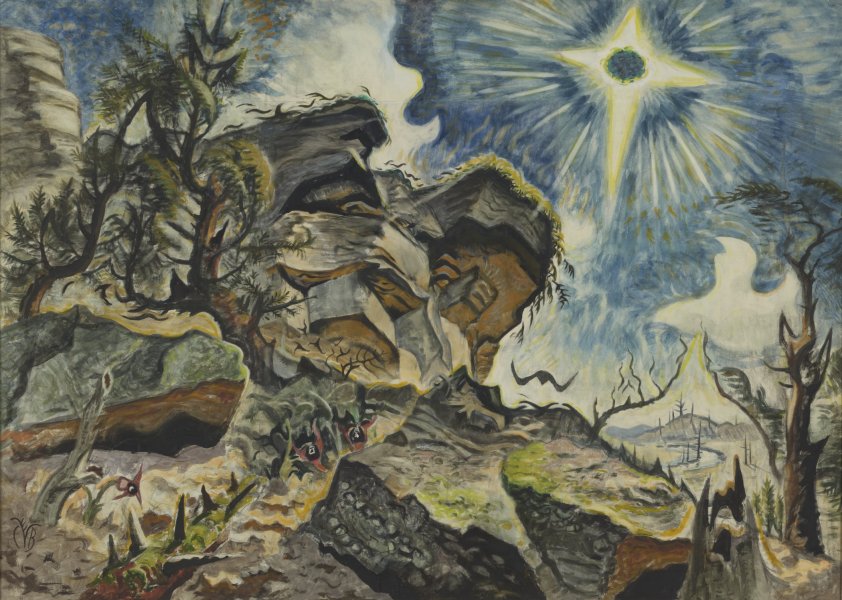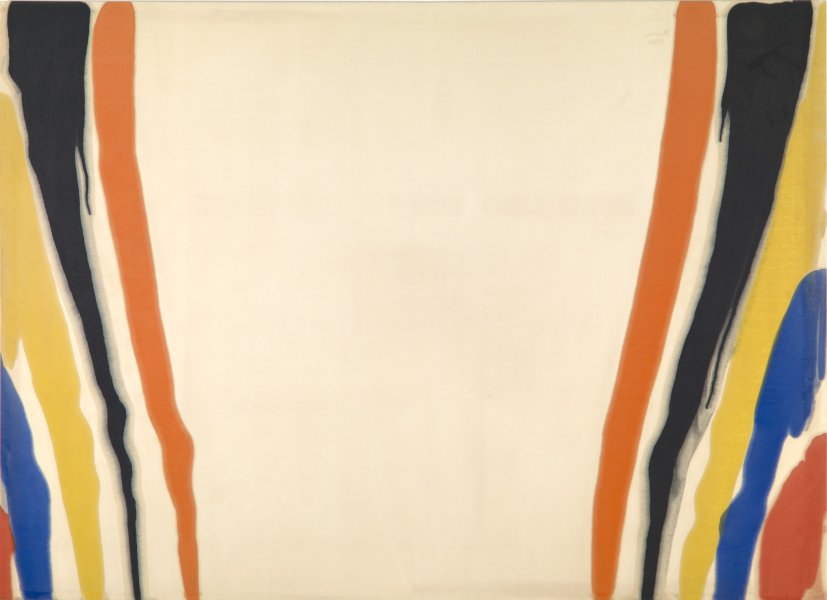Jim Isermann
American, born 1955
Untitled (0397), 1997
Artwork Details
Materials
cotton
Measurements
overall: 38 x 76 x 38 inches (96.52 x 193.04 x 96.52 cm)
Collection Buffalo AKG Art Museum
Credit
Sarah Norton Goodyear Fund, 2006
Accession ID
2006:2
Jim Isermann delights in the shifting and uncertain territory where art meets design. He has explained that he is influenced by Minimalist work, especially the sculptures of Tony Smith and Donald Judd. Untitled (0397), also known as Capsule, follows the Minimalist tradition of using everyday materials. Isermann allowed the basic structural limitations of the materials to determine the shape of the work, which emerged as a large form of simple geometry that stands on its own. Isermann says, “The Capsule was the last of three braided works. The multicolored braids were the result of adding the individual six colors based on the various amounts of each color fabric I had remaining. (I had mostly green.) The priority in choosing a three-dimensional form was that the braid have a logical, seamless place to start and stop. Like a braided rug, the Capsule began and ended at the center of a circle/spiral. It was the perfect form. The realization of this rigid logic of form and material is what drives the work for me.”
Isermann’s work, however, radically departs from Minimalism in his choice of materials. Isermann draws from homey craft traditions and commercialized household objects of the 1950s and 1960s. In contrast, Minimalist artists worked with the materials of industry, creating a masculine vision of the world that excluded human emotion. Isermann’s use of craft materials draws something entirely unexpected out of this stark, unyielding art movement. The artist has explained, “If there is an identity issue it is not a didactic illustration and more an unconscious subtext that would obliquely address issues of interior decoration and homosexuality: conflating the stereotypic masculine minimalism with stereotypic feminine craft technique.” Isermann’s approach reaffirms the place of household objects and the identity of those who make them. Yet at the same time, his lack of overt reference to stereotypes establishes a new space, untroubled by traditional preconceptions, and where we can explore the concept of identity on our own terms.
Object label from a 2007 installation
